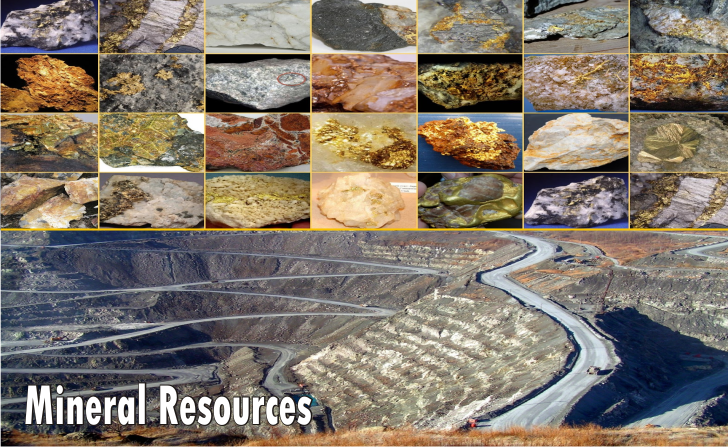Minerals are homogenous, naturally occurring, inorganic solids, each having their own characteristic chemical composition and highly ordered atomic structure. Essentially, if a material is not grown, it must be mined. Minerals are an economic commodity, mined for their potential use or their intrinsic value. It is estimated that there are some 4,000 mineral types:
Social Media
Category: Banking
Impact of Global Meltdown on Agriculture Sector
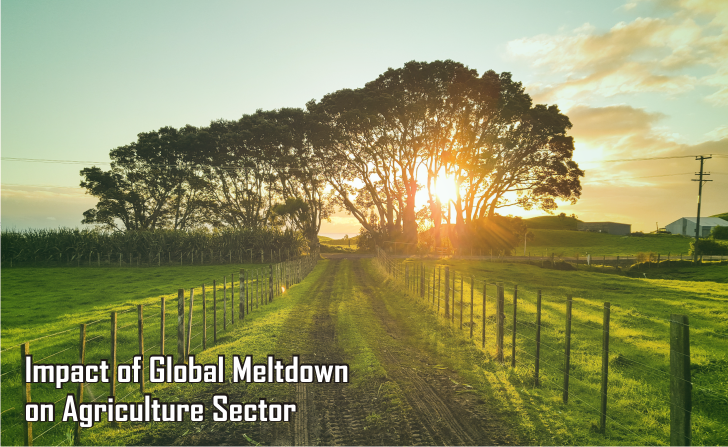
As Global Meltdown or the Global Financial Crisis followed the Global Food Crisis, countries affected by the increase in food prices had to cope up with twin crises. The increase in food prices during 2007-08 caused much more adverse effect on the developing countries, compared to developed countries, due to the high share of food in total consumer expenditure and due to already existing vulnerabilities like hun...
High technology interface to capture data regarding e-way bill – that will play a vital role in GST
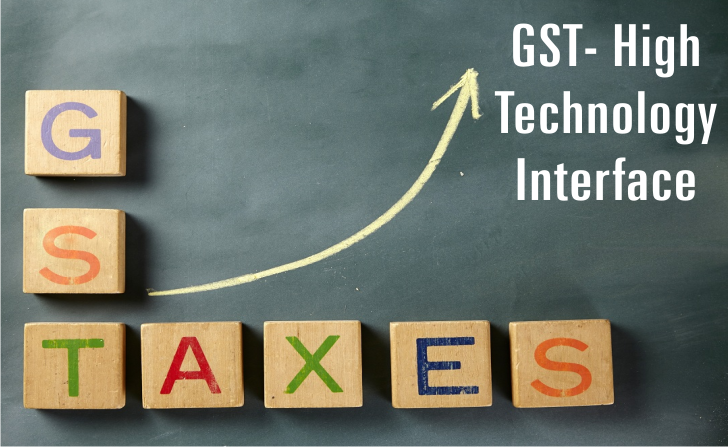
Under GST (Goods & Services Tax) regime, e-way bill, or electronic way bill, that likely to kick in from October 2017, will be required to transport any goods worth more than Rs 50,000. IT platform for this e-way bill is being developed by the National Informatics Centre (NIC) along with GST-Network (GSTN). The e-way bill would rely heavily on technology, employing RFID chips and QR codes; t...
Addressing Agrarian Crisis
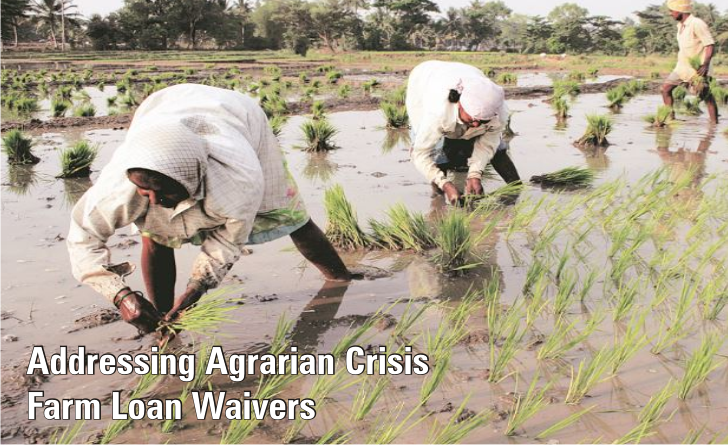
“Due to the unfortunate erratic monsoon behaviour, farmers are facing problems of severe drought for the past few years. Though there’s a bumper crop this year, farmers are dissatisfied with procurement price and are unable to repay institutional and private loans. Without repaying debts, farmers won’t get fresh kharif credit. This is why they want loan waivers as well as remunerative procurement pri...
Corporate Activity in India is Growing with Corporate Bonds despite Slowdown in Bank Credit

Recent trends in corporate debt markets in India indicate that corporate activity in the country has not slowed down despite a slowdown in the bank credit growth to 5.4% during FY17, as the growth in outstanding bonds and commercial paper resulted in an aggregate borrowing growth of 12.5% at the end of March 2017. The focus on development of debt markets in India has considerably increased and has garnered a lot...
History & Details of Farm Loan Waivers in India

The first ever nation-wide farm loan waiver was announced in 1990 by Janata Party government led by then Prime Minister V.P. Singh and cost the government Rs 10,000 crore.
Thereafter, on February 29, 2008 P. Chidambaram, the then Finance Minister under United Progressive Alliance government led by Prime Minister Man Mohan Sin...
GST: Key Challenges for Indian Economy
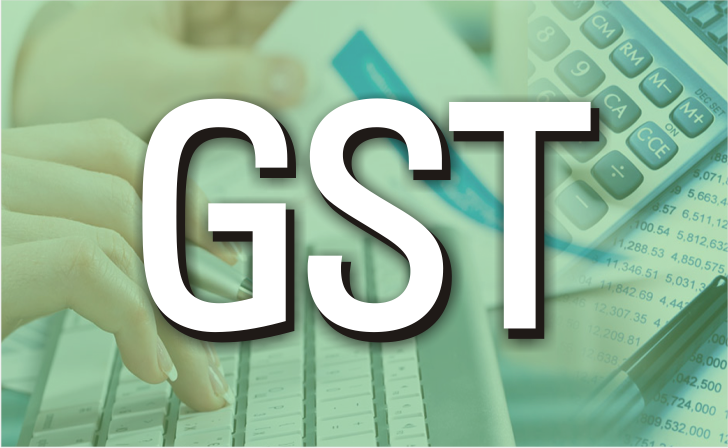
Goods and Services Tax (GST) that has finally transformed India from being a political union to a political and economic union in the true sense was in itself a challenge considering how it has taken 17 long years us to get there, and how tortuous the journey has been. GST is undoubtedly India’s biggest piece of economic reforms that has also been the most complex reform...
Why GST was extremely important for economy like India
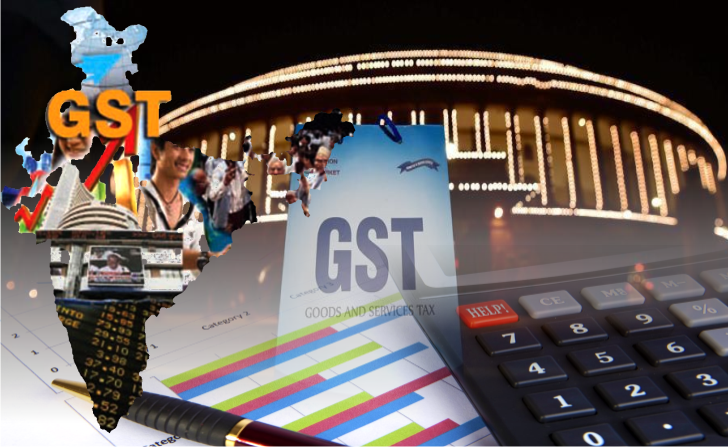
Goods and Services Tax (GST) rolled out as soon the clock chimed midnight on Saturday, July 1, 2017, the One Nation - One Tax - One Market, is the biggest tax reform in Indian history that promises to change the way India does business and has potential to add up to 2 percent to India’s GDP. GST that subsumes around 17 c...
SBI props up its capital adequacy to more than 14.50% with the largest ever QIP of Indian market
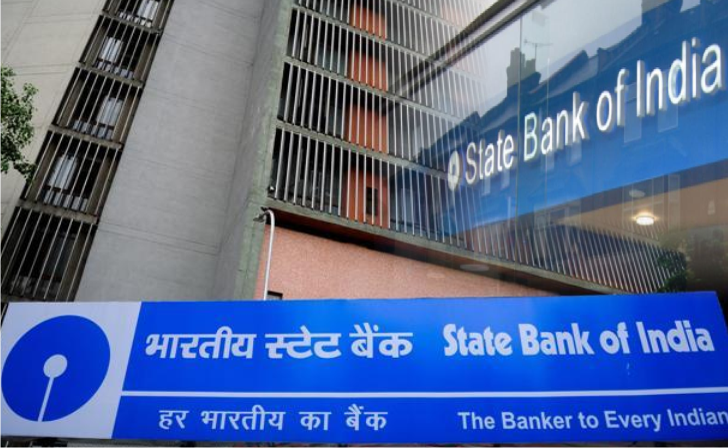
Capital adequacy ratio of State Bank of India (SBI) was 12.85% as on 31 March, 2017. It was well above the minimum capital to risk-weighted assets ratio (CRAR) of 9% that commercial banks in India are required to maintain on an on-going basis, in accordance with the Reserve Bank of India guidelines, based on the Basel III reforms on capital regulation to the extent appli...
FinTech for expanding Banking for the Unbanked

FinTech or Financial Technology is an economic industry composed of companies that use new technology and innovation with available resources to make financial services more efficient. They compete in the marketplace of traditional financial institutions and intermediaries in the delivery of financial services. Financial technology companies consist of both star...

